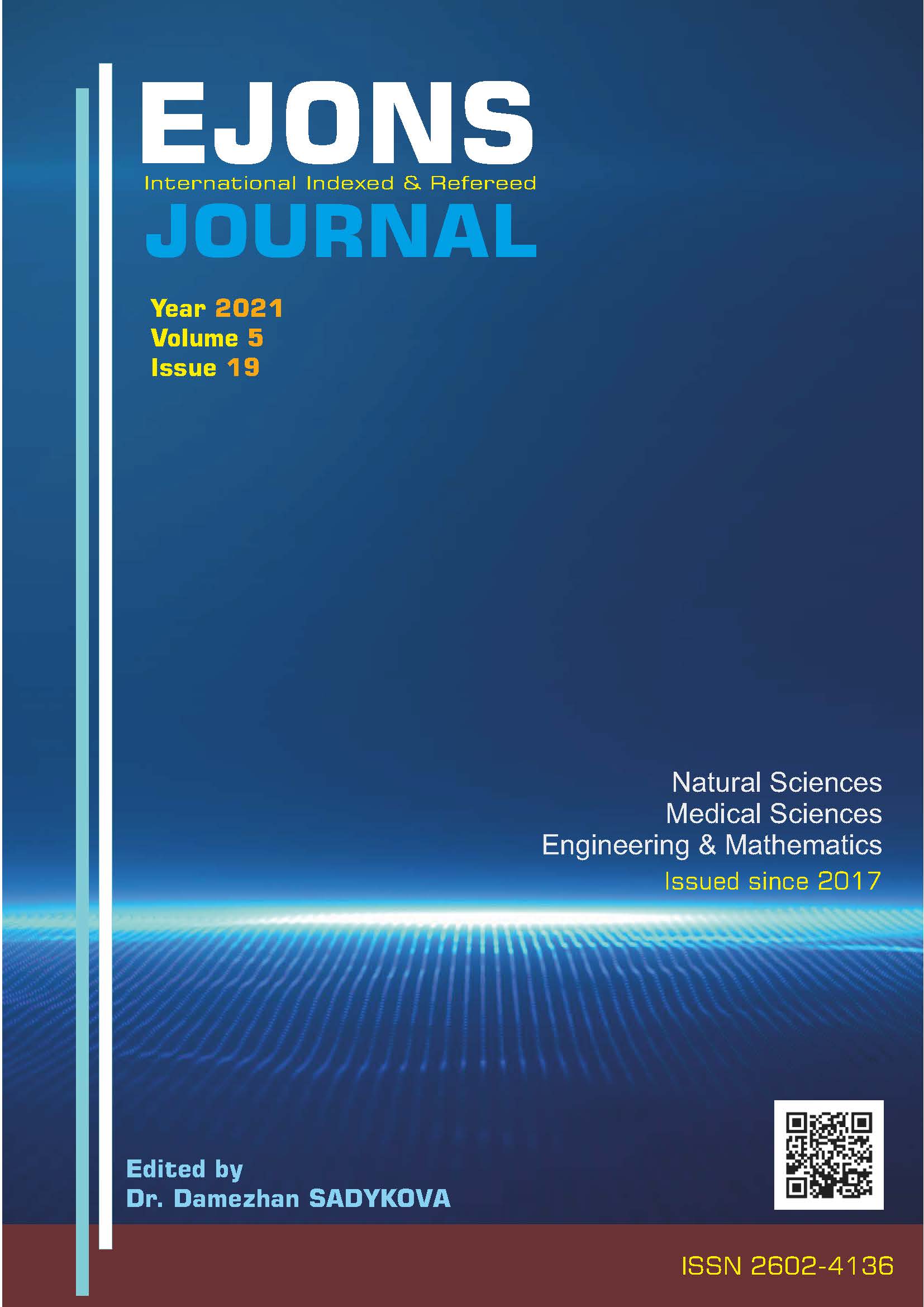TURKISH NATIONAL ENVIRONMENTAL STRATEGY AND ACTION PLAN: AGRICULTURAL SECTOR PRACTICES AND CURRENT STATUS
DOI:
https://doi.org/10.38063/ejons.445Keywords:
Turkey, environment, strategy, action plan, agriculture sector Advanced Search Please Select Search titles only Announcements HAZİRAN Sayısı VERBÄ°S'E KAYIT SÃ?RELERÄ° HAKKINDA DUYURU | Kırklareli Ticaret ve ... HAZİRAN ayında yayınlanacak Sayımız için 20 MAYIS Tarihine kadar çalişmanızı YükleyebilirsinizAbstract
Greenhouse gases emitted to nature due to human activities accelerate climate change. It is known that the agricultural sector is one of the most important activities that cause both greenhouse gas emissions and the reduction of emissions as a carbon sink area. The greenhouse gas emissions originating from the agricultural sector in Turkey consist of sub-sectors such as enteric fermentation, agricultural land, fertilizer management. Solving the global environmental problems that arise with global warming has revealed the necessity of cooperation on a global scale. Strategies to limit and reduce greenhouse gas emissions need to be evaluated globally. Turkey determines the policies and strategies to combat climate change, which it will implement by integrating international climate change policies into national policies. In this way, Turkey's National Environmental Strategy and Action Plan is being prepared. In this study, Turkey's National Environmental Strategy and Action Plan: Agricultural Sector Practices and secondary data (plans, reports and articles, etc.) about the current situation were analyzed and analyzed with tables and graphs. With this study, the agricultural sector practices and current situation in the Turkish National Environmental Strategy and Action Plan were discussed.
Downloads
Published
How to Cite
Issue
Section
License

This work is licensed under a Creative Commons Attribution-NonCommercial 4.0 International License.


